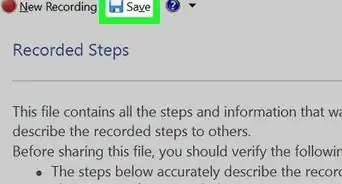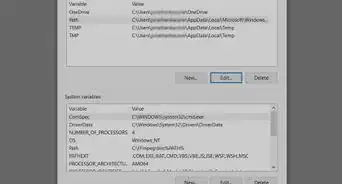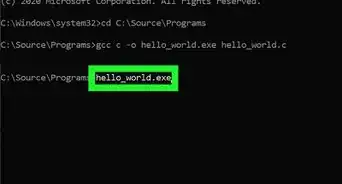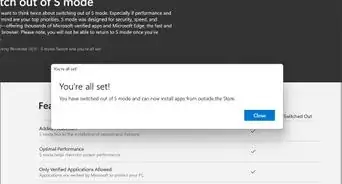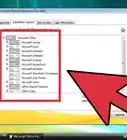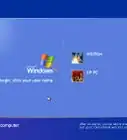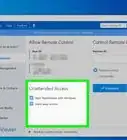X
wikiHow is a “wiki,” similar to Wikipedia, which means that many of our articles are co-written by multiple authors. To create this article, 43 people, some anonymous, worked to edit and improve it over time.
This article has been viewed 586,038 times.
Learn more...
Some versions of Microsoft Windows, like Windows XP, can be installed on home and work computers using a CD. To install Windows using a CD, you'll need to insert the setup CD into the CD drive, boot up your computer, then press a key to start the setup process when prompted. From there, continue following the on-screen prompts to finish installation.
Steps
Part 1
Part 1 of 2:
Preparing the CD
-
1
-
2Advertisement
-
3Make sure the computer prompts you to press a key to start the Setup. If it does not, you need to set the CD-Drive as the First Boot Device in Boot category in your computer's BIOS.
Advertisement
Part 2
Part 2 of 2:
Installing Windows
-
1After your computer reboots, a Black screen will appear showing the message 'Press any key to Boot from CD...'. Press any key.
-
2Wait for a few seconds until the a Blue Screen pops up with the Title Windows Setup.
-
3Follow the instructions on the screen to install Windows.
-
4Select a drive for Windows to be installed, and choose its File System (FAT32 or NTFS).
-
5After a number of restarts, the previous screen with 'Press any key to Boot from CD...' will appear. Ignore it this time.
-
6Set the Regional and Language, and Network Settings, and let the Setup install windows.
-
7Install basic security software such as a firewall, antivirus program, and an anti-spyware program; the built-in Windows Firewall, microsoft AVG Free, and Safer Networking Spybot S & D should work fine.
-
8Update Windows and the security software. This should help protect against some viruses and improve stability.
-
9Make sure that all your hardware is working. Unlike OEM installs, there can be some issues here. You might want to go to the hardware manufacturers' websites for the latest drivers.
-
10You are done with installing Windows, now take a Quick Tour, as Windows will pop-up a message for it.
Advertisement
Community Q&A
-
QuestionWhat does the term "OEM" mean?
 Community AnswerOEM means "original equipment manufacturer." OEMs are manufacturers who resell another company's product under their own name and branding.
Community AnswerOEM means "original equipment manufacturer." OEMs are manufacturers who resell another company's product under their own name and branding. -
QuestionIs this procedure for installing Windows XP the same as for installing Windows 7?
 Community AnswerThe process of installing Windows XP and Windows 7 is different. The Windows XP setup is divided into two parts -- the first part is basic, which allows you to operate the keyboard only, and the second part is graphical. You can only use the mouse to make changes in the second part. In the Windows 7 setup, you can use the mouse during whole setup, which makes things easier. The Windows 7 setup is more user-friendly, in my opinion.
Community AnswerThe process of installing Windows XP and Windows 7 is different. The Windows XP setup is divided into two parts -- the first part is basic, which allows you to operate the keyboard only, and the second part is graphical. You can only use the mouse to make changes in the second part. In the Windows 7 setup, you can use the mouse during whole setup, which makes things easier. The Windows 7 setup is more user-friendly, in my opinion. -
QuestionWhat does NTFS stand for?
 Community AnswerNTFS stands for New Technology File System. Microsoft introduced it with the Windows NT operating system. A version of NTFS is also included in the most recent operating systems developed by Microsoft, Windows XP, Windows Server 2003, and Windows Vista.
Community AnswerNTFS stands for New Technology File System. Microsoft introduced it with the Windows NT operating system. A version of NTFS is also included in the most recent operating systems developed by Microsoft, Windows XP, Windows Server 2003, and Windows Vista.
Advertisement
Warnings
- Make sure you have all the Drivers for the devices, you are going to use with your Windows.⧼thumbs_response⧽
- Installing Windows XP on a computer, which does not meet its minimum requirements will dramatically cut down the performance.⧼thumbs_response⧽
- This Procedure for Windows Installation is same except Windows 95 and Previous Versions.⧼thumbs_response⧽
- If you are re-installing Windows make sure you Back up the important data into the Storage Media.⧼thumbs_response⧽
- Be sure to Activate Windows within 30 days of installation, otherwise the system will not allow you to log on until Activation is complete. Conversely, do not activate the system before you've tested that the drivers and everything work fine because if you have to reinstall too many times it will refuse to reactivate because you've already done so too recently.⧼thumbs_response⧽
Advertisement
Things You'll Need
- A Microsoft Windows Setup CD to Install Windows.
- An optical disc drive (CD/DVD/BD).
- A removable storage device if you backup data before installing.
- An Internet Connection if you want to update Windows.
- Computer with 300Mhz CPU, 64Mb RAM, 1.5Gb HDD.
References
About This Article
Advertisement
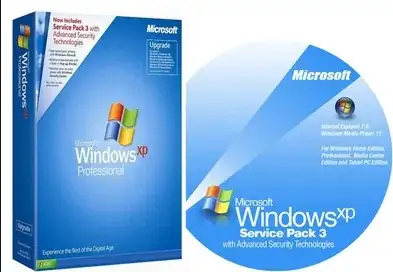
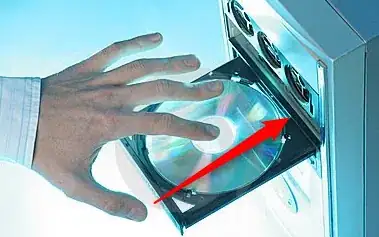
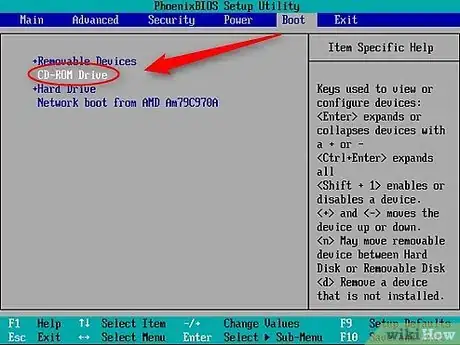
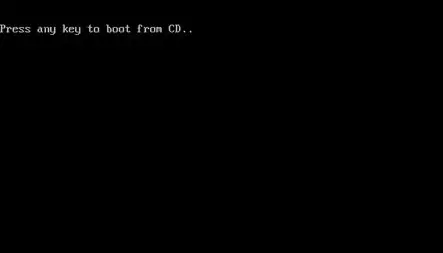
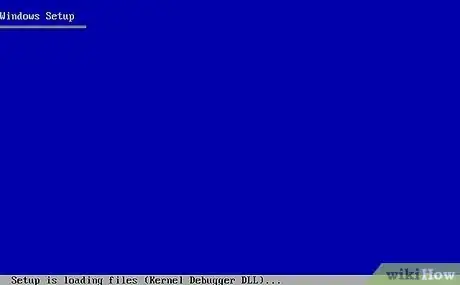
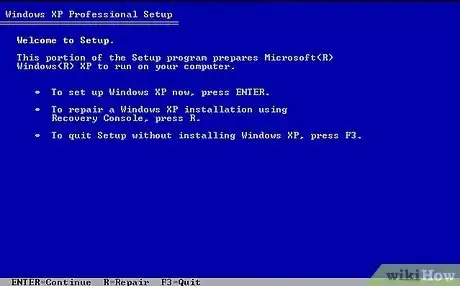
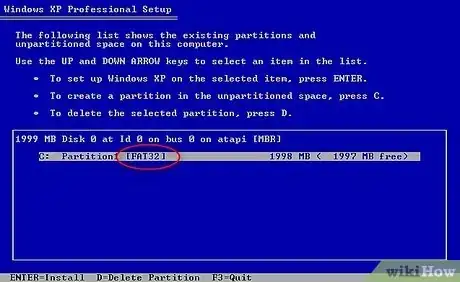

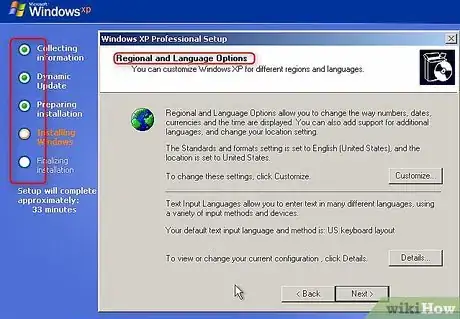
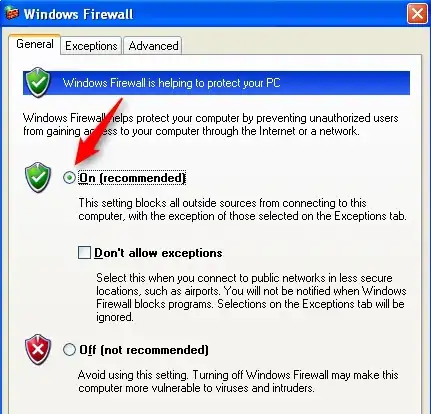
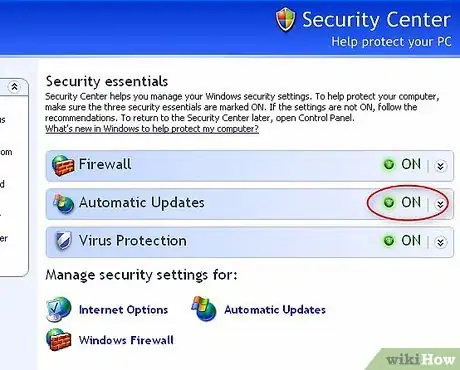
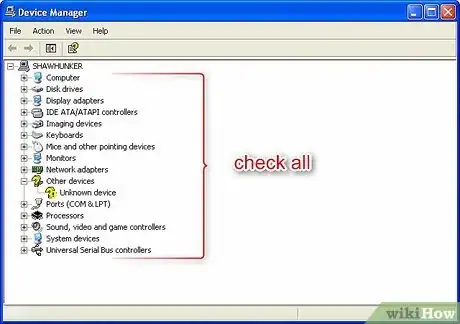
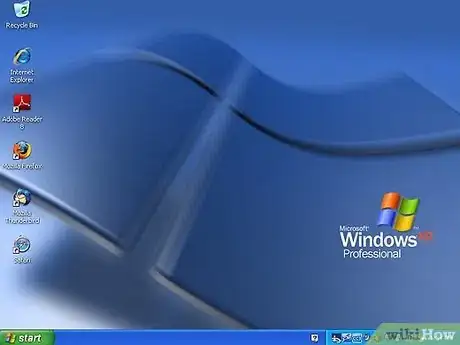
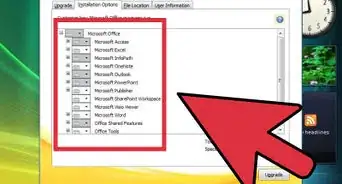
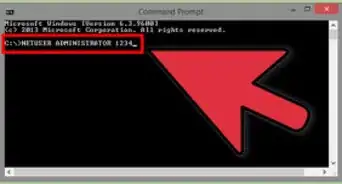
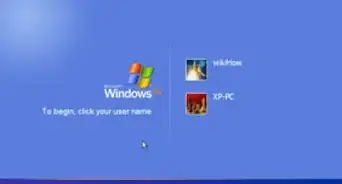
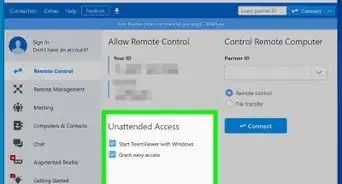
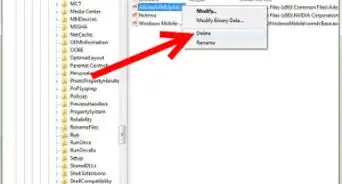
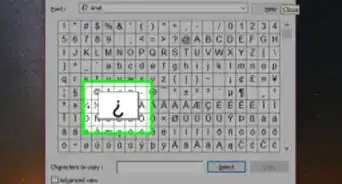
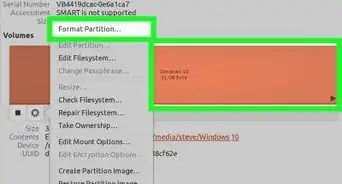
-Step-6-Version-2.webp)
